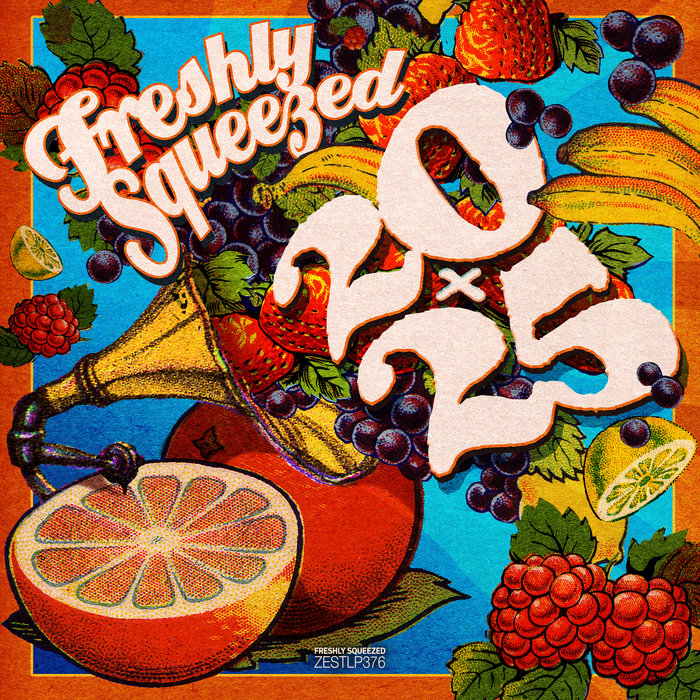
Sing It Back (Swingrowers Remix) – Swingrowers, Swing Republic
this blog is GROOVY – check out great Soul, Funk, Jazz, Hip Hop, Bass, Breaks , Reggae, House n many more TUNES
Swing music—oh boy, what a delightful ride! If you’ve ever found yourself tapping your feet or bobbing your head to that smooth, jazzy beat, you know exactly how it feels. But let’s take a step back and explore the roots of this upbeat genre that has put more smiles on faces than a clown at a birthday party.
Swing music burst onto the scene in the 1930s during the big band era. It evolved from jazz and was heavily influenced by earlier styles like ragtime and blues. Picture this: bands were larger, consisting of trumpets, trombones, saxophones, pianos, basses, drums—you name it! They filled dance halls with energetic rhythms that made people want to get up and cut a rug.
The term “swing” itself refers to the way notes are played rhythmically—think syncopation where every note seems to dance around each other. When Duke Ellington dropped his first swing hit “It Don’t Mean a Thing (If It Ain’t Got That Swing)” in 1931, everyone knew we were off to an exciting groove!
No tale about swing would be complete without mentioning Benny Goodman—the man often dubbed as the King of Swing! His concert at Carnegie Hall in 1938 is considered one of those epic moments; it was like rock ‘n’ roll for jazz lovers. Goodman’s ensemble featured legendary musicians like Teddy Wilson on piano and Lionel Hampton on vibraphone.
Funny Fact: Benny was known for being pretty uptight about punctuality. One time he reportedly chased after his own band members when they were late for rehearsal—all while striking up tunes mid-chase!
Then there’s Count Basie, who brought us that laid-back Kansas City style infused with infectious energy. With hits like “One O’Clock Jump,” he showed everyone how swinging could really shake things up!
Funny Fact: Count Basie had such charisma that once someone mistook him for being an actual count—a reference most likely lost on modern audiences! He didn’t mind playing along with it either; he loved putting on airs just enough to keep folks guessing.
When you talk about vocalists who nailed swing music’s essence, look no further than Ella Fitzgerald. This lady could scat her way through melodies smoother than butter melting on hot toast! Her collaboration with Louis Armstrong produced some unforgettable tracks where their chemistry bubbled over.
Funny Fact: Ella once lip-synced her performance due to losing her voice—and she still rocked it harder than anyone else in the audience noticed! That level of showbiz magic deserves its own medal!
As swing took hold across America—from Harlem clubs down south into Los Angeles—it became more than just music; it became part of culture itself. Dance halls buzzed louder than bees prepping for honey production as couples swung together until dawn!
Swing dancing soared too—the Lindy Hop emerged right alongside this musical wave as dancers pulled off acrobatic moves leaving audiences both amazed and entertained! People grooved away their worries during tough times—the Great Depression couldn’t steal their joy when they had good tunes filling airwaves everywhere!
While swing peaked out during WWII years—thanks troops needing lifts from day-to-day life—it faced challenges post-war as newer genres stepped onto stage (hey there rock ‘n’ roll!). Big bands diminished with smaller groups rising instead but fear not; its influence lingered long after those brass instruments faded into history!
Even today? You can feel echoes lingering whenever jazz ensembles pick up speed again or when retro parties play classic tunes giving nods towards older generations having all sorts fun reliving old memories under disco balls shining bright against darkened walls.
Let’s not underestimate swing’s power; it’s been experiencing comebacks thanks mainly due talented artists bringing new flavors while keeping spirit alive (shout-out catchy neo-swing revival bands!). Sparkly outfits sway even now; sounds familiar yet fresh keep folks reaching shimmying across floors worldwide transcending barriers generations uncovering shared love celebrating beats forever timelessly groovin’.
So next time you’re feeling low key or seeking ways add pizzazz spice mix lively up mood check out some classic recordings/performances online fire imagination letting equal parts nostalgia fun take over heart beat right inside body ready move freely embrace joy found simple pleasure grooves hundreds dances ago hearts pumped full liveliness euphoric sensations created legends paving paths future ahead illuminating minds guiding souls enhancing experiences reminding always why we share universal language called MUSIC!!
And there you have it—a glimpse into stride-tastic world sworn upon sweet sounding harmonies showcasing richness culture growing deeper understanding connections uniting people through laughter shared moments recalling intricate webs woven sparse photographs threads linking past present future delightfully entwined radiance brilliance proudly living legacy continues illuminating future budding musicians wanting carve niche making mark universe colorful unpredictable journey possible because isn’t life simply another kind powerful song worth celebrating everyday?? 🎷🎺💃

Sing It Back (Swingrowers Remix) – Swingrowers, Swing Republic
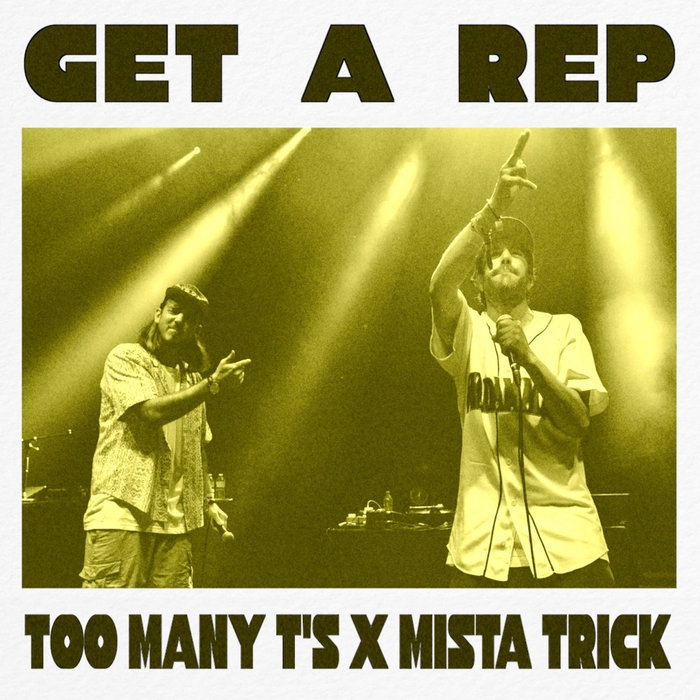
Get A Rep (prod. Mista Trick) – Too Many T's, Mista Trick

Chicken Noodle Man – Tim Carman Trio

You And Me – Mr Fitz
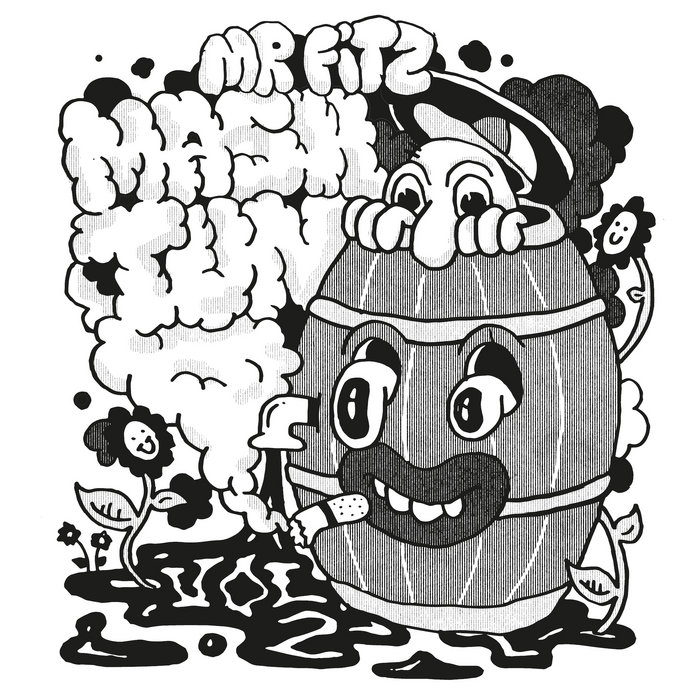
Tainted Love – Gloria Jones (Mr Fitz Remix) – Mr Fitz
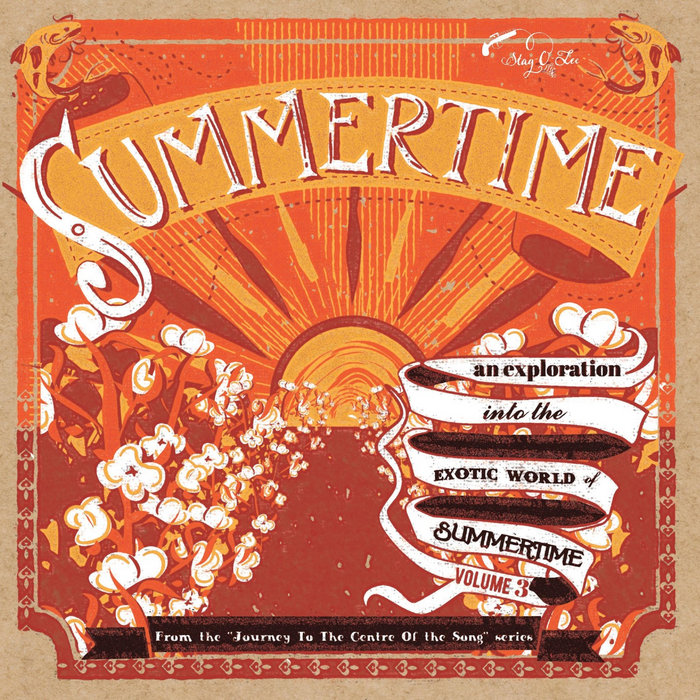
Summertime – Troy Walker
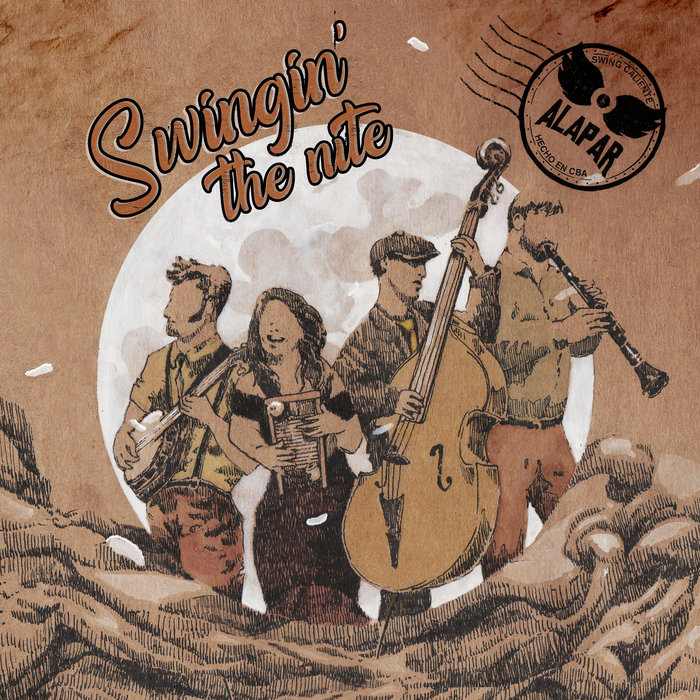
Burn Our Souls – Alapar
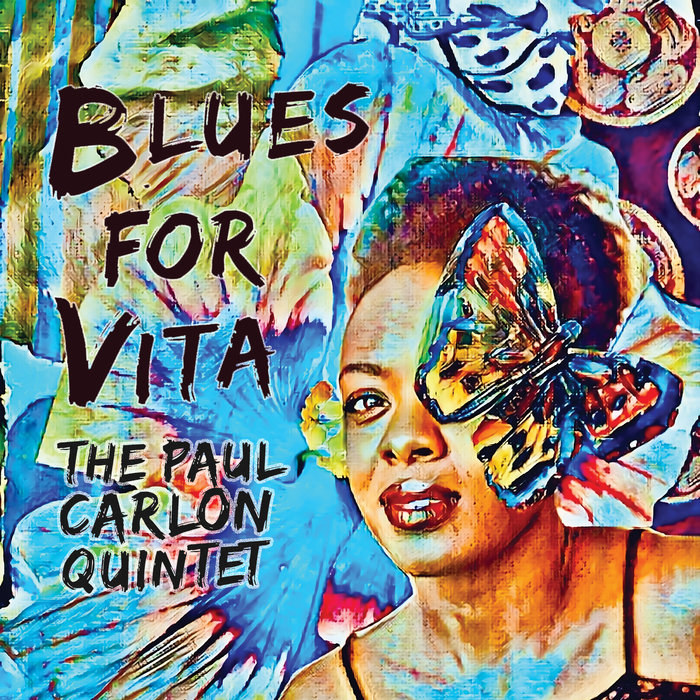
Isabel The Liberator – The Paul Carlon Quintet

Black Rice – Zaccai Curtis
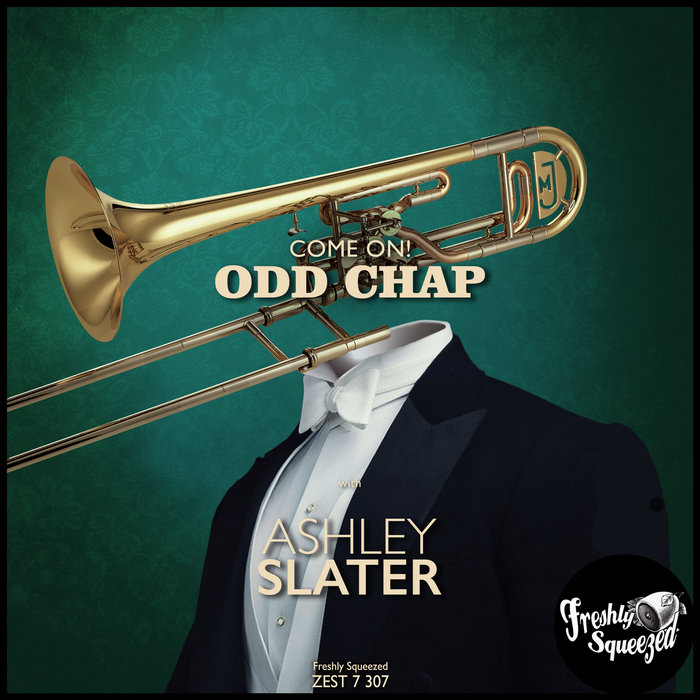
Come On! – Odd Chap, Ashley Slater